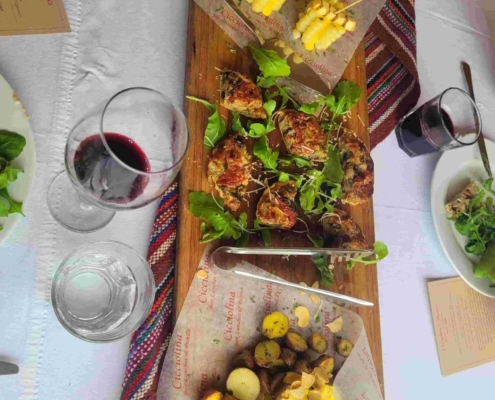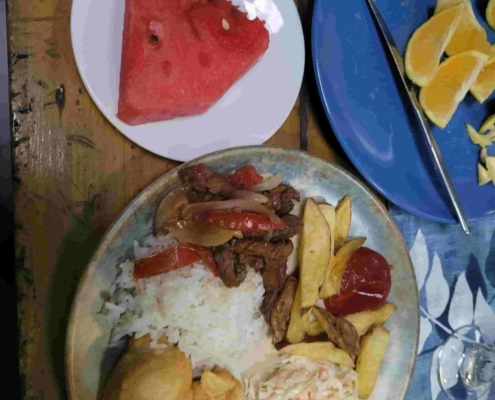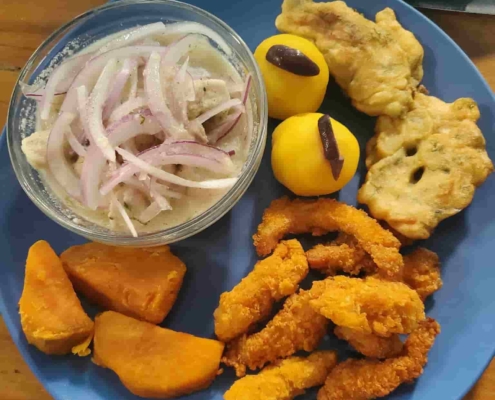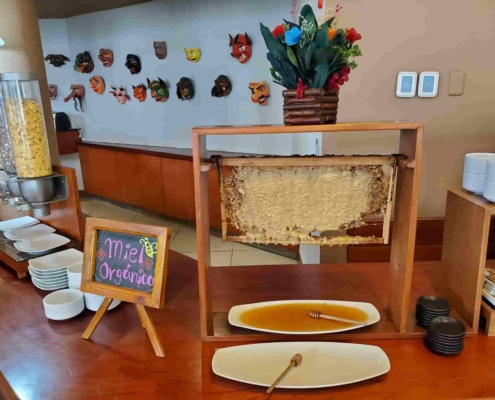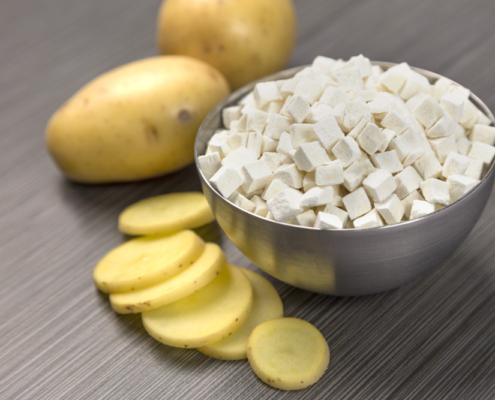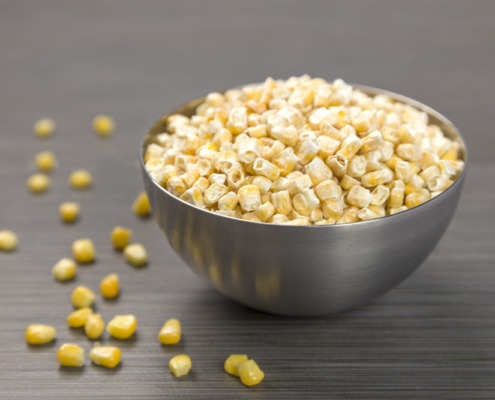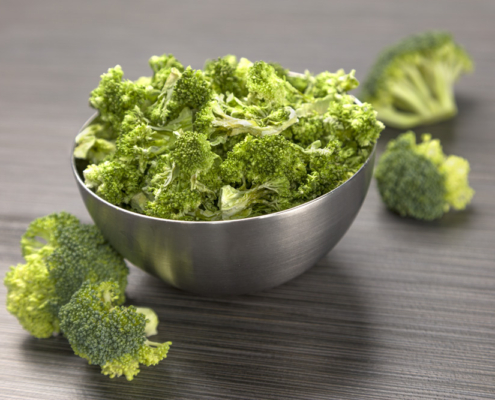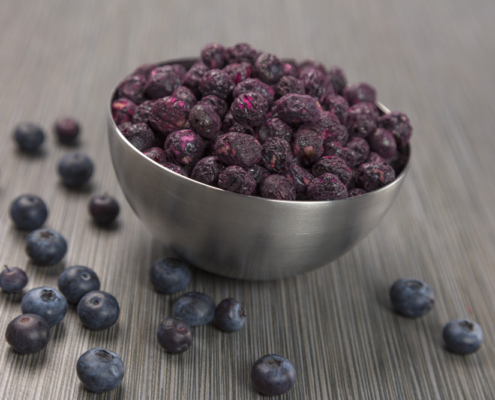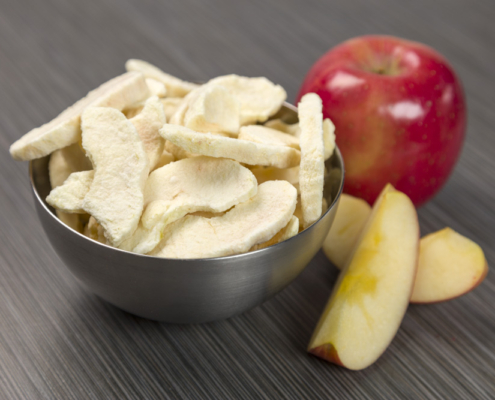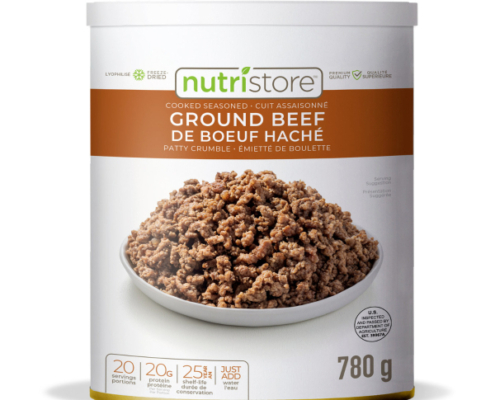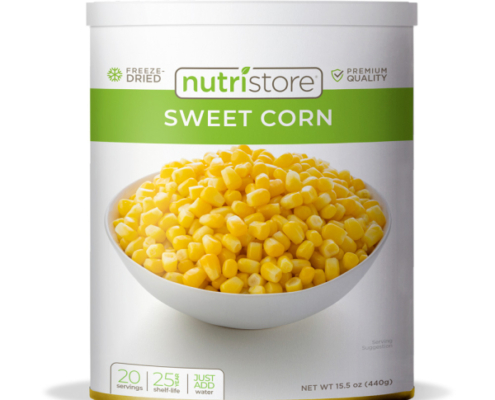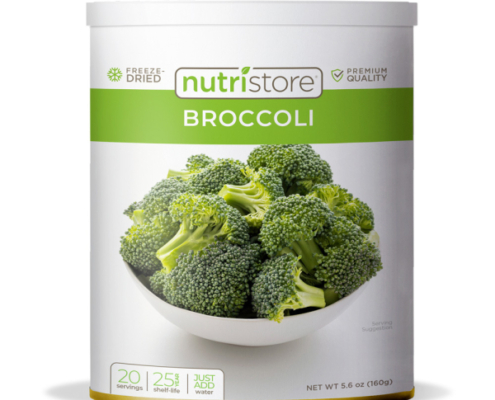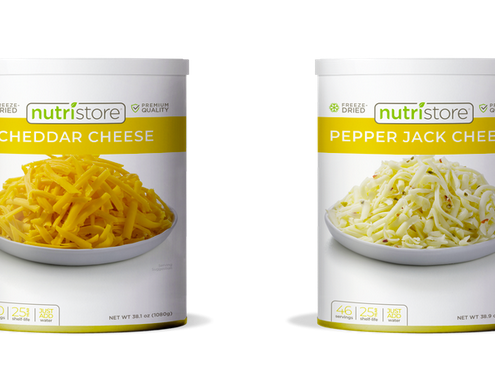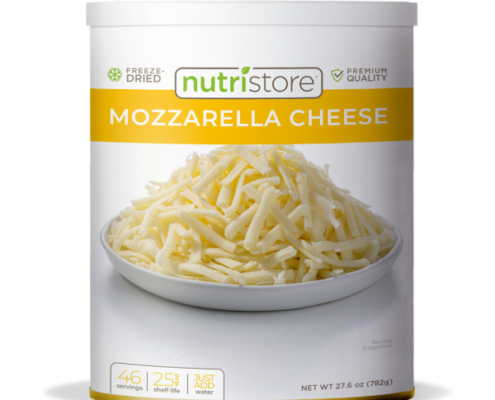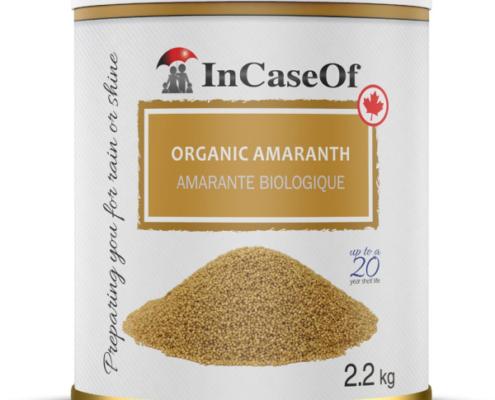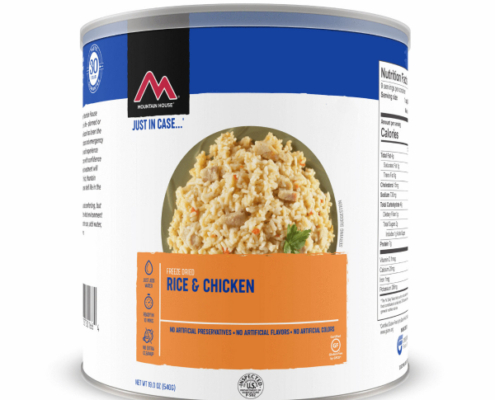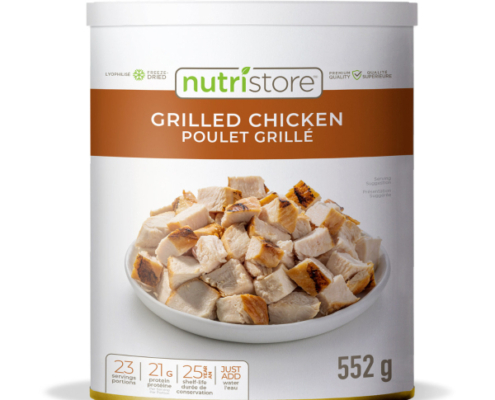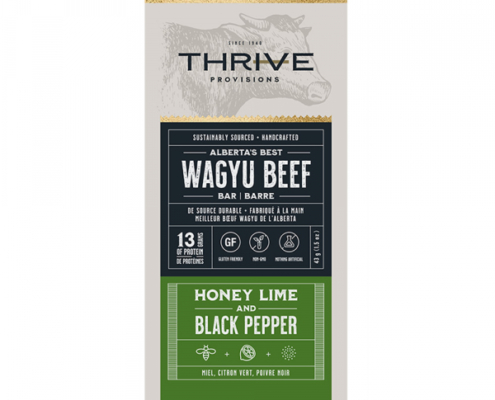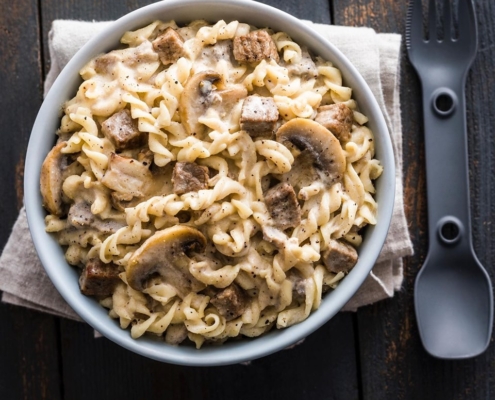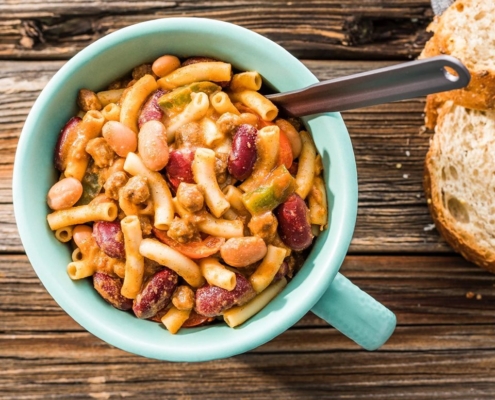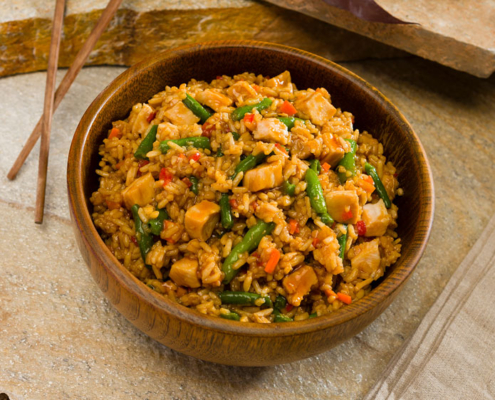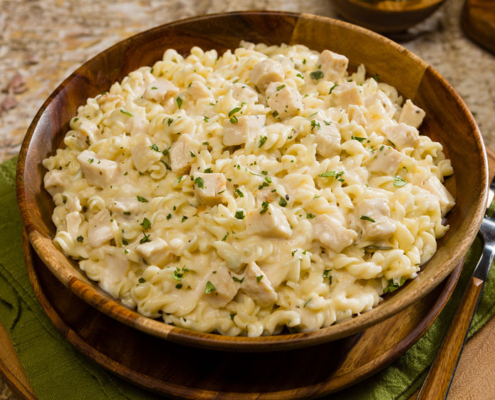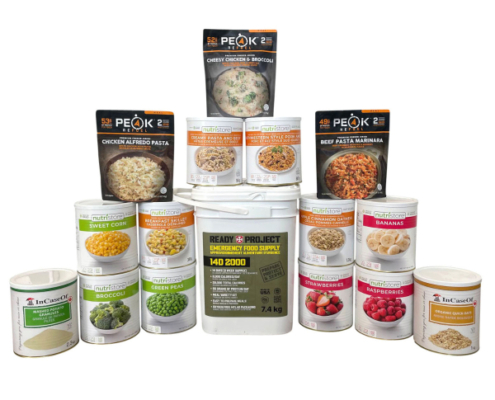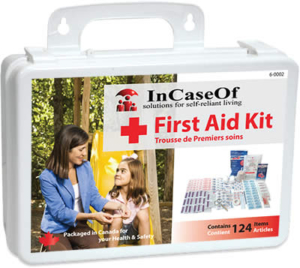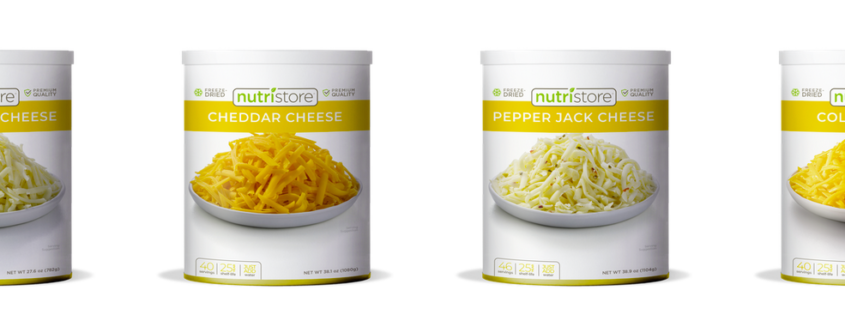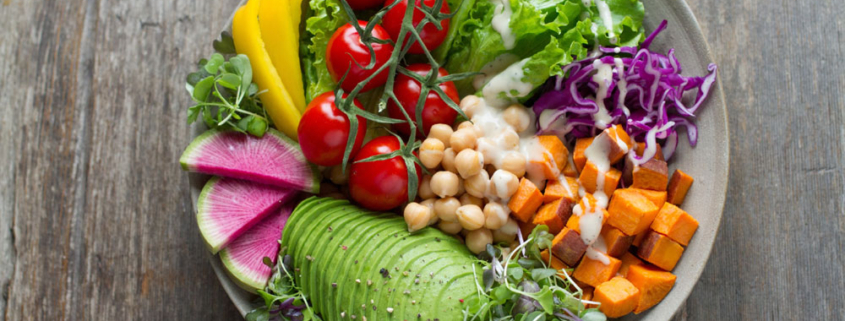Food is more than sustenance; it’s a culturally woven with traditions, rituals, and communal ties. We have special meals within our unique countries and cultures, and holidays.
Food Across the Globe:
Traditional Staples & Preservation Techniques
Different cultures have distinct staples integral to their culinary identity. In times of emergency, reliance on these staples is important. Preservation methods such as fermentation, pickling, and drying emerge as resilient practices passed down through generations. Here are some examples from around the globe:
- Canning:
- Canned tomatoes from Italy. Italians are known for preserving their tomatoes in cans, which are widely used in cooking, especially for making sauces.
- Drying/Dehydrating:
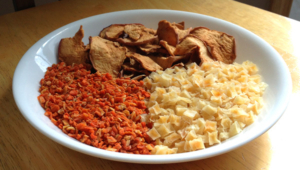
- Turkish dried apricots. Turkey is a major producer of dried apricots, and the drying process helps extend their shelf life for export and local consumption.
- In Morocco, sun-drying is a common method of preserving tomatoes. Tomatoes are sliced and laid out in the sun to remove the moisture, which inhibits the growth of bacteria and molds. Once dried, they can be stored for an extended period and used in various dishes.
- Indigenous people used to dry meat, also known as pemmican if processed a certain way with fats and berries
-
Smoking:
- Scottish smoked salmon. Scotland is renowned for its traditional method of smoking salmon, giving it a distinctive flavor and preserving it for longer storage.
- Fermentation:
- German sauerkraut. Sauerkraut, fermented cabbage, is a popular traditional food in Germany and is often used as a side dish or condiment.
- Kimchi is a traditional Korean dish made by fermenting vegetables, usually Napa cabbage and Korean radishes, with a variety of seasonings such as chili pepper, garlic, ginger, and fish sauce. The fermentation process not only preserves the vegetables but also imparts a unique and tangy flavor to the dish.
- Salting:
- Spanish salted cod (Bacalao). Salted cod is a traditional ingredient in Spanish cuisine and has been used for centuries as a way to preserve fish.
 Pickling:
Pickling:
- Japanese pickled ginger (Gari). Gari is often served with sushi and is pickled in a solution of vinegar and sugar to enhance its flavor and shelf life.
- I pickle cucumbers yearly and process dill pickles via water bathing.
-
Freezing:
- Canadian frozen wild blueberries. Canada is a major exporter of frozen blueberries, using freezing as a preservation method to maintain their freshness.
- Curing:
- American bacon. Bacon is cured with a mixture of salt and sugar, and sometimes nitrites, to preserve it and add flavor.
- Jelly and Jam Making:
- British strawberry jam. Jam-making is a common method in the UK, where fruits like strawberries are cooked with sugar and pectin to create jams.
- Root Cellaring:
- Russian potato storage. In Russia, root vegetables like potatoes are often stored in traditional underground cellars to prevent them from freezing during the winter.
- Vacuum Packing:
- Japanese vacuum-packed seaweed. Vacuum packing is commonly used in Japan to preserve seaweed, maintaining its freshness and flavor.
- How many of you have a food saver of sorts? We definitely vacuum seal various foods for the freezer after we have portioned them down to the right size.
- Preservation in Oil:
- Greek olives in oil. Olives are often preserved in oil in Greece, enhancing their flavor and preventing spoilage.
Worldwide Traditional Food Examples, Starting With Asia:
Chinese Cuisine:
- Cantonese Cuisine: Known for dim sum, delicate flavors, and seafood dishes.
- Sichuan Cuisine: Famous for bold and spicy flavors, often using Sichuan peppercorns.
- Rice and Noodles
- Soy Sauce, Hoisin Sauce, Oyster Sauce: Common flavor enhancers.
- Tofu and Bean Sprouts: Used in vegetarian and meat dishes.
Japanese Cuisine:
- Sushi and Sashimi: Raw fish on vinegared rice and sliced raw fish, respectively.
- Tempura: Lightly battered and deep-fried seafood and vegetables.
- Ramen and Udon: Noodle soups with various broths.
Korean Cuisine:
- Kimchi, a fermented vegetable dish, is a staple, and there are various types of kimchi. Other fermented foods include soybean paste (doenjang) and fermented soybean stew (cheonggukjang).
- Barbecue (BBQ): Korean barbecue, known as “Gogigui,” is a popular dining style where diners grill their own meat at the table. Samgyeopsal (pork belly), bulgogi (marinated beef), and galbi (marinated short ribs) are common choices for Korean barbecue.
- Stews and Soups: Korean cuisine features a variety of stews and soups, often spicy and hearty.
Central Asia
Central Asian cuisine is shaped by the nomadic traditions, harsh climates, and diverse landscapes of the region. It encompasses the culinary practices of countries such as Kazakhstan, Kyrgyzstan, Tajikistan, Turkmenistan, and Uzbekistan. Here are a few traditional foods of Central Asian food culture:
- Grains and Bread: Central Asian cuisine relies on grains such as wheat, barley, and rice. Bread, including flatbreads like naan and tandyr.
- Meat: Lamb, mutton, and beef are primary meat sources.
- Plov (Pilaf) is a signature dish. Plov is a culturally beloved dish made with rice, meat (often lamb or beef), carrots, and various spices.
- Dumplings: Manti (Central Asian Dumplings) is filled with minced meat and onions.
The Middle East:
The Middle East is renowned for its rich and diverse food culture, characterized by a wide array of flavors, ingredients, and cooking techniques. The cuisine of the Middle East reflects its history, geography, and cultural traditions. Here are some key elements and types of food culture in the Middle East:
- Grains and Breads:
- Flatbreads: Staple in Middle Eastern cuisine, including pita, lavash, and khubz.
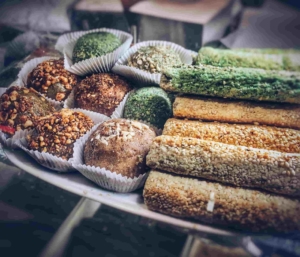
- Rice: Served as a base for many dishes, like biryanis and pilafs.
- Flatbreads: Staple in Middle Eastern cuisine, including pita, lavash, and khubz.
- Proteins:
- Kebabs: Grilled skewers of marinated meats.
- Shawarma: Layers of seasoned meat (often lamb or chicken) cooked on a vertical rotisserie and sliced for serving.
- Spices and Herbs:
- Sumac: Adds a tangy flavor.
- Za’atar: A blend of herbs, sesame seeds, and sumac.
- Cumin, Coriander, and Turmeric: Commonly used in spice blends.
- Persian Cuisine: Known for its use of saffron, dried fruits, and intricate rice dishes.
Australia
Australia has a diverse culinary landscape that reflects its multicultural society and Indigenous heritage. Here’s a list of some cultural and traditional foods from Australia:
- Damper: A traditional Australian soda bread, historically made by swagmen and drovers over an open fire. It’s a simple bread made with flour, water, and sometimes milk.
- Barramundi: A popular Australian fish, often grilled or barbecued. It’s a staple in many coastal regions.
- Kangaroo: Considered a lean and healthy meat, kangaroo is sometimes used in Australian cuisine. It’s commonly prepared as steaks or sausages.
- Vegemite: A yeast extract spread, commonly used on toast or crackers. It has a distinctive savory taste and is a popular breakfast item.
- Witchetty Grubs: Traditionally consumed by Indigenous Australians, these are large, wood-eating moth larvae. They can be eaten raw or lightly cooked.
- Bush Tomato: A small, round fruit with a strong flavor, often used in Indigenous Australian cuisine. It’s a key ingredient in various dishes.
- Barramundi Pie: A savory pie filled with barramundi fish and other ingredients, popular in some regions.
- Macadamia Nuts: Native to Australia, macadamia nuts are used in sweet and savory dishes.
- Crocodile Meat: Used in dishes like sausages or skewers.
Europe
European traditional foods and food culture are diverse. While it’s challenging to encompass the entirety of European cuisine, here are some iconic dishes that characterize European traditional foods and food culture. You’ll note that North America adopts many of these cuisine’s:
Mediterranean Cuisine:
- Olives and Olive Oil: Fundamental to Mediterranean dishes.
- Fresh Vegetables and Herbs: Tomatoes, garlic, basil, and oregano are staples.
- Seafood: Prominent in coastal regions, with dishes like paella and bouillabaisse.
French Cuisine:
- Baguette and Croissant: Iconic French breads.
- Cheese: France is renowned for its diverse cheese varieties.
- Wine and Champagne: Integral to French dining culture.
Italian Cuisine:
- Pasta and Pizza: Staple dishes with regional variations.
- Tomatoes and Olive Oil: Essential ingredients.
- Gelato and Tiramisu: Classic desserts.
German Cuisine:
- Sausages (Wurst): Bratwurst, Weisswurst, and more.
- Pretzels and Sauerkraut: Popular accompaniments.
- Beer: Germany is known for its beer culture and Oktoberfest.
British Cuisine:
- Fish and Chips: Fried fish and thick-cut fries.
- Roast Dinner: Traditionally served on Sundays.
- Tea and Scones: Afternoon tea is a cultural tradition.
Eastern European Cuisine:
- Pierogi: Dumplings filled with various ingredients.
- Borscht: Beet soup, popular in Ukraine and Russia.
- Cabbage Rolls (Golabki): Stuffed cabbage leaves.
Greek Cuisine:
- Souvlaki and Gyros: Grilled meat dishes.
- Feta Cheese and Tzatziki: Common accompaniments.
- Baklava: Layers of phyllo pastry, nuts, and honey.
Swiss Cuisine:
- Fondue and Raclette: Melted cheese dishes.
- Swiss Chocolate: Renowned for its quality.
- Rösti: Shredded and fried potatoes.
Belgian Cuisine:
- Belgian Waffles: Light and crispy waffles.
- Chocolate and Pralines: Belgium is famous for its chocolates.
- Mussels and Fries: Moules-frites is a popular dish.
Africa

In Africa, the use of root vegetables and grains are prominent. These ingredients, rich in nutritional value, highlight the communal aspects of emergency food sharing and support systems within African culinary traditions.
African food culture is incredibly diverse, reflecting the continent’s vast landscapes, rich history, and the multitude of ethnic groups and communities. Each region and country within Africa has its unique culinary traditions and flavor
Some traditional African foods:
- Cereals: Grains such as millet, sorghum, and maize are staples in many African diets.
- Root Vegetables: Cassava, yams, and sweet potatoes are common.
- Rice and Plantains: Important in West African cuisine.
- Proteins:
- Meat: Beef, goat, lamb, and poultry
- Fish: Coastal regions incorporate fish into their dishes.
- Insects: In certain regions, insects are consumed for protein content.
North America
North America boasts a diverse and dynamic food culture, shaped by a rich tapestry of indigenous traditions, immigrant influences, and regional variations. Canada, United States & Mexico all have varying cuisine styles, even within each country.
- Coastal communities versus prairie or inland communities have different cultural cuisine.
Indigenous Food Culture:
- Seasonal hunting and foraging
- Bannock
- Preservation methods of drying and curing meats
- Using only what you need, deep respect for the land
Some common food trends:
- Fast Food Culture
- Barbecue
- Food Trucks and Street Food – a growing trend
South America
South America is a continent with a rich and diverse food culture, influenced by indigenous traditions, colonial history, and a variety of climates and ecosystems. Here are key elements of South American food culture and cultural food traditions:
Culinary Traditions of the Andean Region:
- Ceviche: Raw fish or seafood marinated in citrus juices, popular along the Pacific coast.
- Aji Amarillo: A yellow chili pepper used in many Peruvian dishes.
- Pachamanca: An Andean cooking technique involving burying food with hot stones.
- Chicha: A fermented beverage made from maize (purple corn), popular in various Andean cultures.
- Pisco Sour: A cocktail made with Pisco, a grape brandy.
- Cuy (Guinea Pig): Considered a delicacy in the Andean region.
- Chuño: Freeze-dried potatoes used in traditional Andean dishes.
Peru has a special place in my heart as I was able to spend 3 weeks there in April 2023. The modern day need to take photos of our meals and food is surely going to pay off today! While we toured, they constantly wanted to feed us “traditional” food. I will not label what everything is, but there is certainly photos of some of the above and below food items in this next gallery (I added the photos from the Amazon as well as Lima/Cusco).
Amazonian Cuisine:
- Exotic Fruits: The Amazon rainforest is home to a variety of unique fruits like açaí, camu camu, and cupuaçu.
- Tucupi: A yellow sauce made from fermented cassava juice, used in Amazonian dishes.
Colombian Cuisine:
- Arepas: Cornmeal patties often served as a staple side dish.
- Bandeja Paisa: A hearty dish featuring rice, beans, meat, and plantains.
- Changua: A traditional breakfast soup with eggs and milk.
Conclusion: A Tapestry of Flavor, History, and Resilience
Each country has its unique dishes and specialties, contributing to the continent’s flavorful and vibrant culinary landscape. Embrace the richness of our cultural heritage!
If you require any assistance in preparing your food storage, please reach out to our team, and we’d be happy to assist you!



